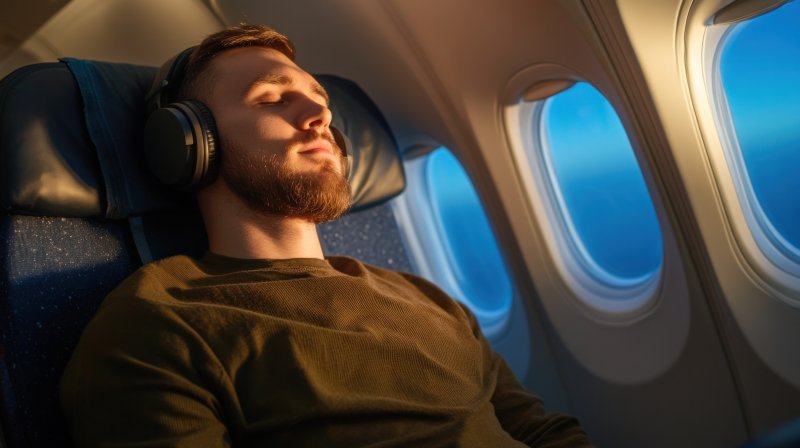
Air travel is one of the most convenient methods of transportation, and people love it because of how fast they can get from one part of the world to another. As carefree as it can be for most individuals, it can also pose potential problems for those who recently underwent invasive dental procedures. If you are gearing up to fly to your next destination but need to have a tooth extraction days before your trip, keep reading to learn what you can do to avoid certain issues on your flight.
What Problems Can Occur While Flying After a Tooth Extraction?
Do not be surprised if your dentist recommends that you wait a few days before hopping on an airplane for pleasure or work after a tooth extraction. There are a few reasons for this, such as:
- Pain/Discomfort: Your gums and jawbone will be sore after having a tooth removed, so there’s a chance that you could experience additional pain or discomfort while on a plane. With changes in altitude and cabin pressure, it can increase the aching and soreness you feel, causing you to have an uncomfortable experience.
- Dry Socket: A blood clot must form in the socket to ensure proper healing; however, cabin air pressure and altitude variations can create dryness inside the mouth and potential dislodgement. If this happens, you risk developing an infection because of the bone and nerves becoming exposed.
- Infection: Planes are not known for having the cleanest air circulation, which means bacteria can increase and spread throughout the cabin. While sitting in a dry environment like a plane, our fresh surgical wound can become infected, inhibiting effective recovery and healing.
What Tips Can You Follow to Ensure Successful Recovery?
If there is no way you can put off your trip to heal at home, you’ll need to take special precautions to protect your oral health. You can do this by:
- Bringing extra gauze in case you experience any bleeding.
- Taking over-the-counter pain relievers or any prescribed medication to help stave off pain and soreness. Make sure to keep these in your carry-on bag.
- Asking your flight attendant for ice and fill up a clear bag so that you can use it as an ice pack if you notice pain or swelling.
- Bringing a refillable water bottle so that you do not consume anything too hot or cold.
- Keeping your dentist’s number on speed dial in case you need to make an emergency call.
- Bringing travel comfort items (i.e., pillow, blanket, etc.) to try and make your flight as relaxing as possible.
- Purchasing soft foods at the airport that don’t require you to bite down hard on anything they might serve on the plane.
By packing the right things and knowing what to expect when flying after a tooth extraction, you can create a more comfortable experience while flying high in the skies.
About the Author
Dr. Heliben Desai is a trusted dentist in Grand Prairie who has more than a decade of experience. At Care 32 Dental, she offers patients helpful tips and detailed instructions after any kind of extensive procedure. When it comes to traveling after tooth extraction or another similar surgery, she will explain the dos and don’ts as well as what steps to take to ensure successful recovery. If you are preparing to fly after receiving complex dental care, contact us at (469) 837-8351.
